In addition to the questions below,
ISEF maintains an FAQ that covers many of the questions that are asked; especially those on informed consent, team projects, continuation projects, use of mold, etc.
[toggle title_open=”Q. How many words can my project title be?” title_closed=”Q. How many words can my project title be?” hide=”yes” border=”yes” style=”default”]A. The limit is 30 words or 180 characters, including spaces.[/toggle]
[toggle title_open=”Q. Can I get a deadline extension for submitting my abstract?” title_closed=”Q. Can I get a deadline extension for submitting my abstract?” hide=”yes” border=”yes” style=”default”]A. No, But Maybe! The abstracts are first posted on March 1 and the judges start reviewing them. There are several postings that occur up March 8. So, if you resubmit an updated version it will probably get posted. But, you are urged to get a “work-in-progress” version of your abstract posted March 1 so you’re not missed by the judges when they do their on-line reviews.[/toggle]
[toggle title_open=”Q. Can someone else set up my project?” title_closed=”Q. Can someone else set up my project?” hide=”yes” border=”yes” style=”default”]A. Yes, but you will not receive a t-shirt and the person doing your set up must know your project sufficently well to respond to any and all questions asked by the rules and safety committee or you will not be able to participate. We believe that project set up is an important aspect of the Science Fair experience and strongly encourage you to plan to set up your own project.[/toggle]
[toggle title_open=”Q. If a team member moves, can I change my project from a team to an individual project.” title_closed=”Q. If a team member moves, can I change my project from a team to an individual project.” hide=”yes” border=”yes” style=”default”]A. No, according to ISEF rules, once a team project it must remain a team project through out the ISEF year. Team members may not change during the course[/toggle]
[toggle title_open=”Q. What is an abstract and do I really need to submit one if my project did not change?” title_closed=”Q. What is an abstract and do I really need to submit one if my project did not change?” hide=”yes” border=”yes” style=”default”]A. The abstract tells the judges in summary form what you did with your project. An abstract should not be confused with the research plan. An abstract is as necessary part of your project and must be summitted in a timely manner. We have a whole page dedicated to [intlink id=”608″ type=”page”]writing an abstract[/intlink][/toggle]
[toggle title_open=”Q. Can my father or mother be my Qualified Scientist?” title_closed=”Q. Can my father or mother be my Qualified Scientist?” hide=”yes” border=”yes” style=”default”]A. The requirements of a Qualified Scientist are quite precise and defined in the
ISEF rule book. If your parent meets these requirements and feels that there is not a conflict of interest they can serve as your Qualified Scientist.[/toggle]
[toggle title_open=”Q. What do the ribbons on projects mean?” title_closed=”Q. What do the ribbons on projects mean?” hide=”yes” border=”yes” style=”default” excerpt_length=”0″ read_more_text=”Read More” read_less_text=”Read Less” include_excerpt_html=”no”]
A. Regular and special awards will be noted by ribbons placed on the projects. Recognizing that the projects at the Connecticut Science Fair represent the best from their school or local fair, relative rankings within the fair are further noted by:
| Third Honors |
up to the 40th percentile |
| Second Honors |
40 – 80th percentile |
| Finalists |
comprise approximately the top 20 percent of the regular fair categories |
Many projects are adorned with ribbons in different colors by the wonderful fair volunteers. Here’s is the breakdown:
Blue, Red, White, Yellow, and Green first, second, third, fourth, and fifth place overall in regular fair categoriesBlue, Pink and Light Blue – first (finalist), second and third honors, respectively, in regular fair categories
Green – Environmental Science finalist
Yellow – Mathematics finalist
Gold – Computer Science finalist
Maroon – Applied Technology finalist
Aqua – Renewable Energy finalist
Navy Blue – special award winner from a National special award Sponsor
Purple – special award winner from a Connecticut special award Sponsor [/toggle]
[toggle title_open=”Q. Am I allowed to change my project display and/or notes after my school fair before entering in the CSF?” title_closed=”Q. Am I allowed to change my project display and/or notes after my school fair before entering in the CSF?” hide=”yes” border=”yes” style=”default”]A. Yes, changes are allowed as long as they do not change the experiment or its results. It will be necessary to change the display to follow the CSF rules, such as removing multi layered sheets from the backboard.[/toggle]
[toggle title_open=”Q. What information is allowed on the back of the display board?” title_closed=”Q. What information is allowed on the back of the display board?” hide=”yes” border=”yes” style=”default”]A. Since judges do not look at the back of the board you may put any information that helps you recover your project, such as name and school name.[/toggle]
[toggle title_open=”Q. Where should citations be placed?” title_closed=”Q. Where should citations be placed?” hide=”yes” border=”yes” style=”default”]A. Citations should appear on the display board as part of a displayed picture or may be listed. Lists are usually attached at the bottom of the right side panel or in any area that is easily read. [/toggle]

